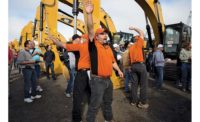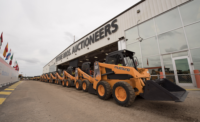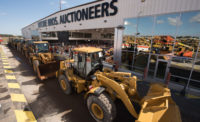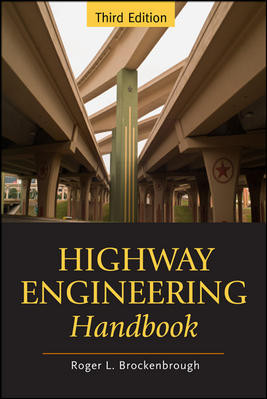Ritchie Bros. Announces Acquisition of Mascus During Lively Annual Auction

Eager bidders converged on the annual Ritchie Bros. auction held in Orlando, Fla., Feb.15-19.
Photo courtesy of Ritchie Bros.
It was a busy lot at the annual Ritchie Bros. equipment auction, held Feb 15-19 in Orlando. Some 10,700 pieces of equipment sold for a total value of $172 million, with a record 9,850 bidders from 79 countries registered.
Ritchie Bros. also used the occasion to announce it had acquired the Dutch online equipment listing website Mascus for $26.6 million in cash. The online listing service is expected to increase the auctioneer's presence in Europe, and is “another step in Ritchie Bros.’ strategy as the world’s leading multichannel equipment disposition and asset management company,” said Richie Bros. CEO Ravi Saligram in a press statement.
At the annual auction in Orlando, bidders lined up to kick the tires of thousands of pieces of heavy equipment. The most aggressive bidding was seen in the crane category, with more than 120 cranes sold. A 2013,160-ton Tadano ATF130G-5 all-terrain crane set the year’s record with a sale price of $870,000.
Despite the bustling auction hall, a growing share of transactions came from bidders sitting offsite at their computers. Of the $172 million worth of equipment that changed hands at the auction, $64 million, or roughly 38%, was purchased by online bidders. Ritchie Bros. has offered online sales since 2002, with $1.9 billion of equipment sold online in 2015 alone.
“Because our February Orlando auction is such an event, we actually see a larger percentage than average of purchases from onsite bidders,” says Terry Dolan, president of Ritchie Bros.’ U.S. and Latin America division. But are deal-hunting online bidders having an effect on prices? ”More bidders generally equals stronger pricing, so the more bidding options you can provide the better,” Dolan told ENR. “Most buyers still visit the site, or send someone in their place, to inspect the items they are interested in before bidding online—especially when they’re buying high-value items,” he adds.
While the show drew a great deal of interest from nearly 10,000 bidders, average machine valuation declined slightly compared to prices set at last year's auction. The average valuation at the 2016 show was approximately $16,075 per lot, down from 2015’s $17,048 per lot. But Dolan does not see this a major indicator. “The makeup of every auction is different—from equipment type to make, model, hours of usage, etc.—so the average value-per-lot is not strictly indicative of pricing trends,” he says. “For last week’s Orlando auction we saw consistent and solid pricing through most asset classes, with particularly strong results for low-hour, late-model, well-maintained equipment.”
International bidders have been a part of Ritchie Bros. auctions for many years, but a strong dollar may have kept some away this year. The 2015 auction saw 27% of equipment sold to buyers from outside the United States, while in 2016 that percentage shrank to 23%.
There have been concerns in the industry that Tier 4 emissions controls would reduce the aftermarket value of U.S. equipment in traditional secondary markets, but Dolan isn’t seeing a direct effect yet. “So far, Tier 4 has not had a noticeable effect on auction prices. We have not seen any curtailment of bidding because of tighter emissions controls from countries outside of North America and Europe,” he says. “However, we have seen an increased demand from these countries for non-current equipment models.” Ritchie Bros. set up a separate lot at the Port of Tampa for non-EPA-compliant equipment that was being targeted to international bidders, a trend that may continue as older machines move through the system.






